An Introduction to Stationary Camera Shots
We’re now going to start going deep into cinematic technique by looking at numerous camera shots over the next few months. Basically there are two types of camera shots: stationary and moving, so we’ll first explore the stationary ones.
Stationary camera shots are the staple of most movies and TV episodes. We see life most often as if looking through a stationary camera, whether close up on what we are viewing or far away. These essential shots define our world, whether the real one around us or the imaginary one we are putting down on paper. We are not always moving, nor does our gaze continually move without letup. So as we explore the different stationary camera shots, keep in mind the types of moments in a scene that will need a camera focused steadily and unmoving for best effect.
Here’s a great snippet of a scene from one of my favorite films: 12 Monkeys. Remember this scene?
INT. WARD DAYROOM – MORNING
ANGLE ON TV SCREEN/A VIDEO IMAGE OF A LAB MONKEY, convulsing pathetically, a victim of shocks from the numerous wires attached to his tiny, restrained body.
ANGLE ON COLE, sitting, writing intensely in a magazine with crayon, surrounded by dull-eyed PATIENTS in pajamas and ratty robes, staring at the shuddering LAB MONKEY on the TV screen.
JEFFREY’S VOICE (o.s.)
Torture! Experiments! We’re all monkeys
COLE looks up, startled, as JEFFREY, one eye bruised black, takes the seat next to him.
COLE
They hurt you!
JEFFREY
Not as bad as what they’re doing to kitty.
ANGLE ON TV, showing a laboratory CAT turning in mad circles, eating its own tail, while a NEWS REPORTER narrates.
TV NEWS REPORTER (v.o.)
These video tapes were obtained by animal rights activists who worked
underground as laboratory assistants for several months.
Authorities say there is little they can do until…
The video footage now shows LAB WORKERS watching the results of their experiments passively.
ANGLE ON COLE, reacting angrily.
COLE
Look at those assholes, they’re asking for it! Maybe people deserved to be wiped out!
JEFFREY
(startled, turning)
Wiping out the human race! That’s a great idea! But it’s more of a
long term thing—right now we have to focus on more immediate goals.
(sudden whisper)
I didn’t say a word about “you know what.”
COLE
What are you talking about???
JEFFREY
You know—your plan.
As COLE stares, befuddled, JEFFREY sees COLE’S magazine.
JEFFREY
What’re you writing? You a reporter?
COLE
(shielding the magazine)
It’s private.
JEFFREY
A lawsuit? You going to sue them?
Just then BILLINGS looms over COLE, extending a cup full of pills.
BILLINGS
Yo, James—time to take your meds.
This scene is shown with the camera shooting from a stationary place. Notice the camera alternates from “angling on” James to the TV film clip. We’re close enough to see what James and Jeffrey are talking about, as well as what’s being shown on the television, which is important to the plot. I’ll be sharing bits of screenplays throughout this blog course to show you how great screenwriters choose the appropriate camera angles needed to focus attention on what’s important in their scenes.
Like screenwriters, novelists need to use stationary camera shots to “shoot” their scenes. There are a number of different shots to pick from, and each needs to be used with a specific purpose in mind. So, let’s start taking an in-depth look at these shots, one by one.
Setting Up the Scene: Establishing Shots
Establishing Shots are critical in a film. They clue the viewer where this next scene is about to take place. Each time the location of a scene shifts, a new establishing shot does exactly what its name implies: it establishes where the story will now continue, and fiction writers need to do the same thing. The purpose is to give a general impression rather than specific information. Often a Long Shot is used for an Establishing Shot, but not all Long Shots are Establishing Shots, so those will be discussed in another chapter. Although Establishing Shots are mostly used at the beginning of a scene to set the locale, they can also be used at the end of a segment to provide a revealing or unexpected context, which can pack a big punch when offering the audience a surprising twist tied into the setting or landscape.
So often beginning novelists will start their scenes with dialog or narrative that assumes the reader knows where the characters are. But really, we readers have no clue unless the author clues us in. If nothing is said to indicate otherwise, readers will figure this new scene is a continuation of the previous one. So it’s essential that as you move from scene to scene, you not only make clear the time that has passed since the last scene but also the locale. Perhaps the locale hasn’t changed at all, but it’s now nighttime instead of noon. Do you still need an Establishing Shot? Yes—at least to make it clear we are in the same place but hours or days later.
A Brief Few Seconds
Watch some TV episodes or movies and pay attention to these Establishing Shots (ES). Each time there’s a shift of locale, the first few seconds will let you know exactly where the scene is going to take place, whether it be on board the Death Star in Star Wars or the kitchen in Downton Abbey. Before Sherlock starts telling Watson to pay attention to the lady holding the parasol, we first see the dirty backstreets of London on a drizzly gray day. The Establishing Shot should only show what is important and relative to the scene and is best if shown from the POV character’s eyes and tainted by their mood.
In a film or TV show, the opening Establishing Shot lasts maybe three to four seconds. So in translating into fiction, you don’t want more than a paragraph or two. Writers can get away with an omniscient POV in these instances. Imagine the camera far away, revealing the setting, locale, and weather. You want to be careful to not slip into boring narration, so keep the ES short, a “nod to setting,” as author Elizabeth George says. Sometimes only a sentence is needed if the reader has already been to this particular location you have just moved your character to. But using an Establishing Shot is important, for you don’t want to confuse your readers.
Moving from Omniscient to Third Person
Here’s a great example of an Establishing Shot beginning in an omniscient storytelling manner—just a few paragraphs—in order to set the mood and scene before introducing the main characters and diving into the close-up dialog and playing out of the scene. Notice how David Baldacci, here in his novel Sixth Man, does this smoothly, without dull, detached narrative.
The small jet bumped down hard on the runway in Portland, Maine. It rose up in the air and banged down again harder. Even the pilot was probably wondering if he could keep the twenty-five-ton jet on the tarmac. Because he was trying to beat a storm in, the young aviator had made his approach at a steeper trajectory and a faster speed than the airline’s manual recommended. The wind shear culled off the leading edge of the cold front had caused the jet’s wings to pendulum back and forth. The copilot had warned the passengers that the landing would be bumpy and a bit more than uncomfortable.
He’d been right. . . . [more description of the tenuous landing follows]
One man, however, merely woke when the plane transitioned off the runway and onto the taxiway to the small terminal. The tall dark-haired woman sitting next to him idly stared out the window, completely unfazed by the turbulent approach and bouncy touchdown.
After they’d arrived at the gate and the pilot shut down the twin GE turbofans, Sean Kind and Michelle Maxwell rose and grabbed their bags from the overhead. As they threaded out through the narrow aisle along with the other deplaning passengers, a queasy-looking woman behind them said, “Boy, that sure was a rough landing.”
Sean look at her, yawned, and massaged his neck. “Was it?”
And from this point we are in Sean’s POV and the story is off and running. So think about times where you may want to achieve this same effect, which gives the reader a nice “big picture” of the setting before being immersed in the characters and the flow of the particular scene.
This week, pay attention as you watch TV or movies to spot the brief Establishing Shot being used to clue the viewer where a scene is about to take place. Then thumb through a novel or two and see if the author does a similar thing in the opening paragraph of her scenes. Does she set the stage with a brief Establishing Shot, giving a nod to setting? Is it too brief or perhaps too long? Share in the comments a few lines of a good Establishing Shot you’ve found.
For a deep look at how novelists can use cinematic technique, get Shoot Your Novel. No other writing craft book teaches writers how to segment their scenes the way filmmakers do, using camera shots and cinematic devices to create powerful scenes and evoke emotion.
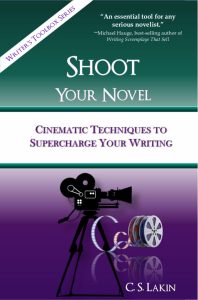 The most effective way to write scenes is to show, not tell, and this highly acclaimed book will give you unique tools to load your writer’s toolbox with.
The most effective way to write scenes is to show, not tell, and this highly acclaimed book will give you unique tools to load your writer’s toolbox with.
With Shoot Your Novel, Susanne Lakin does something wonderful and unique. While lots of us in the business of helping writers and storytellers recommend adding vivid images to scenes, Lakin goes much further to reveal how employing the tools and techniques of movie directing, editing and cinematography will give your fiction deeper meaning and greater emotional impact. Her book is an essential tool for any serious novelist.
—Michael Hauge, Hollywood screenwriting coach, author of Writing Screenplays That Sell

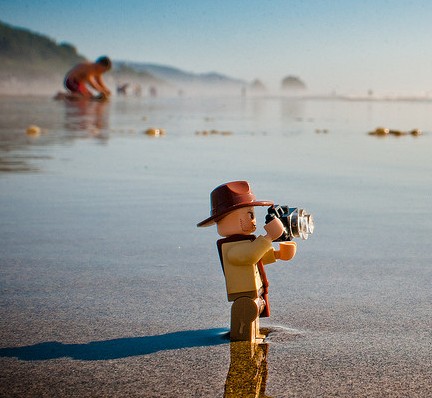
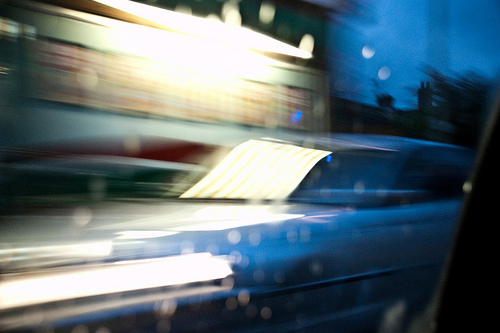
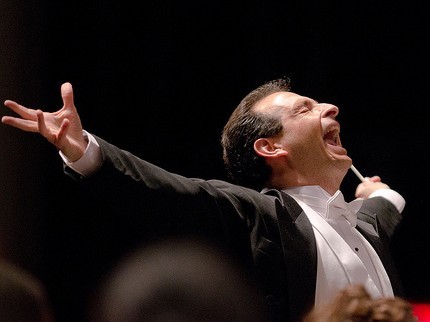
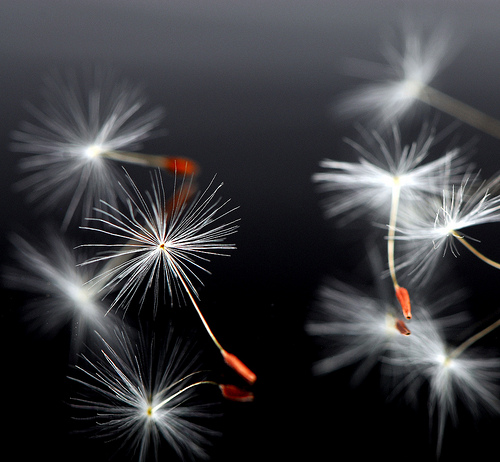
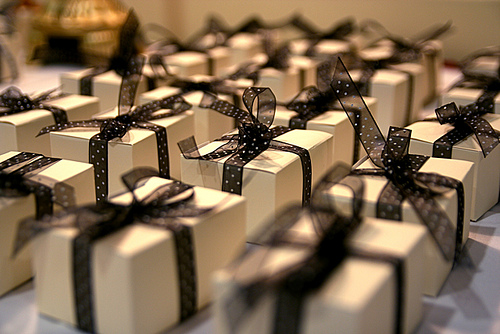

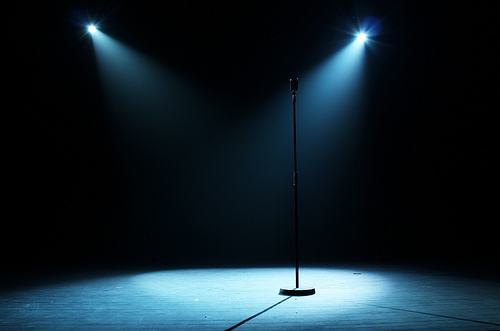




Great point about the Establishing shot. I’m now going over my manuscript and improving some of the scene openings in it.
Thanks!